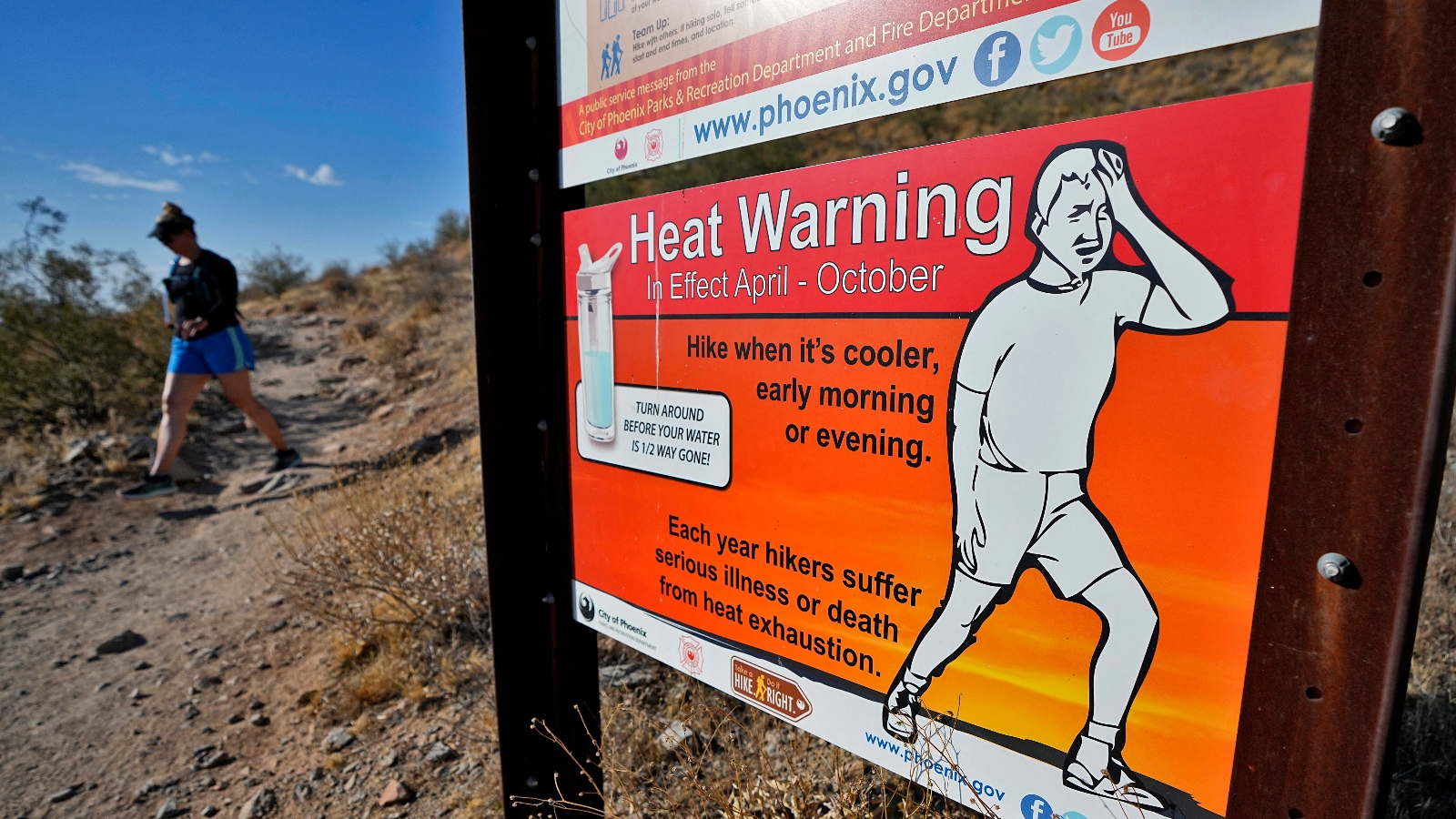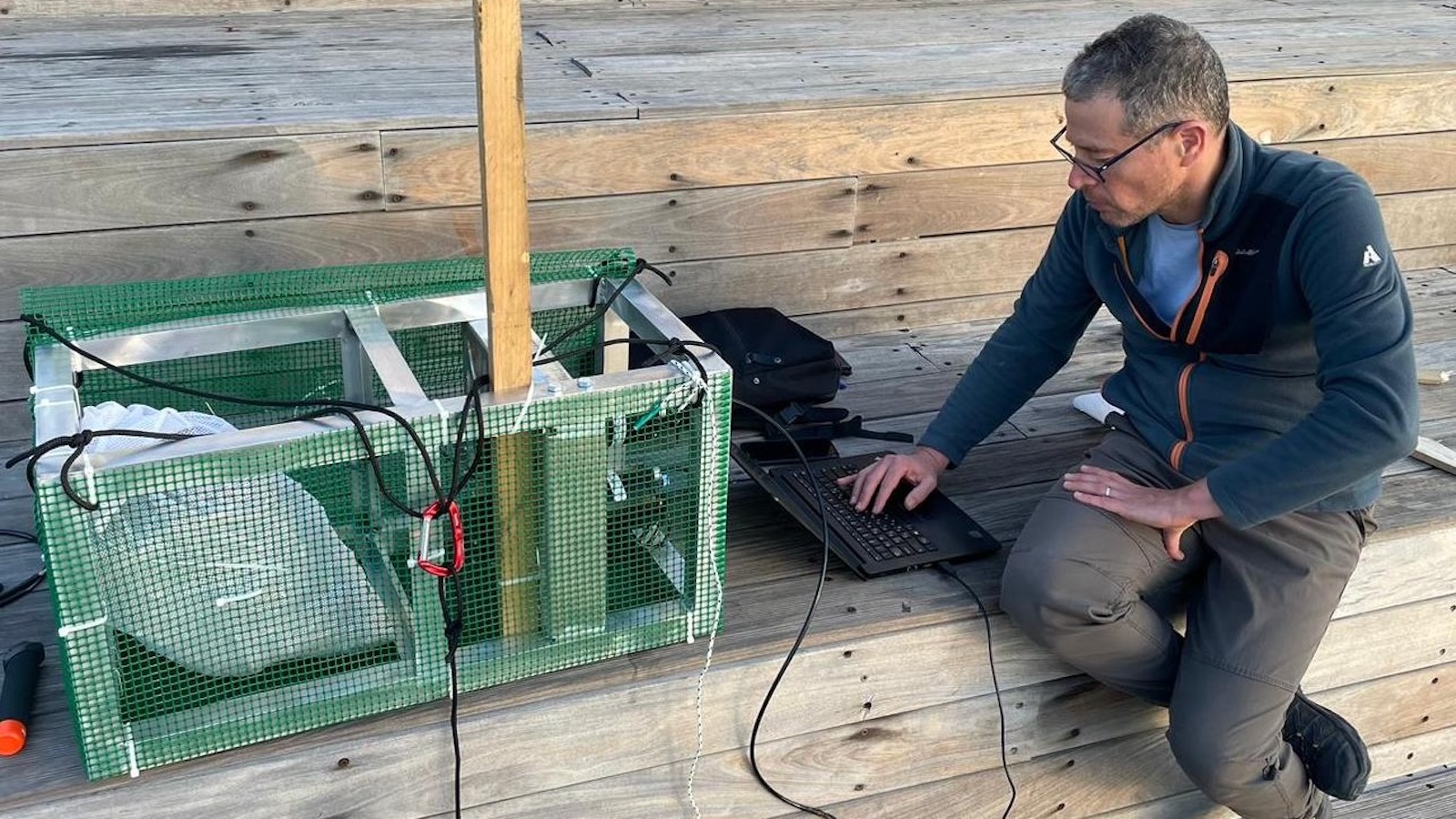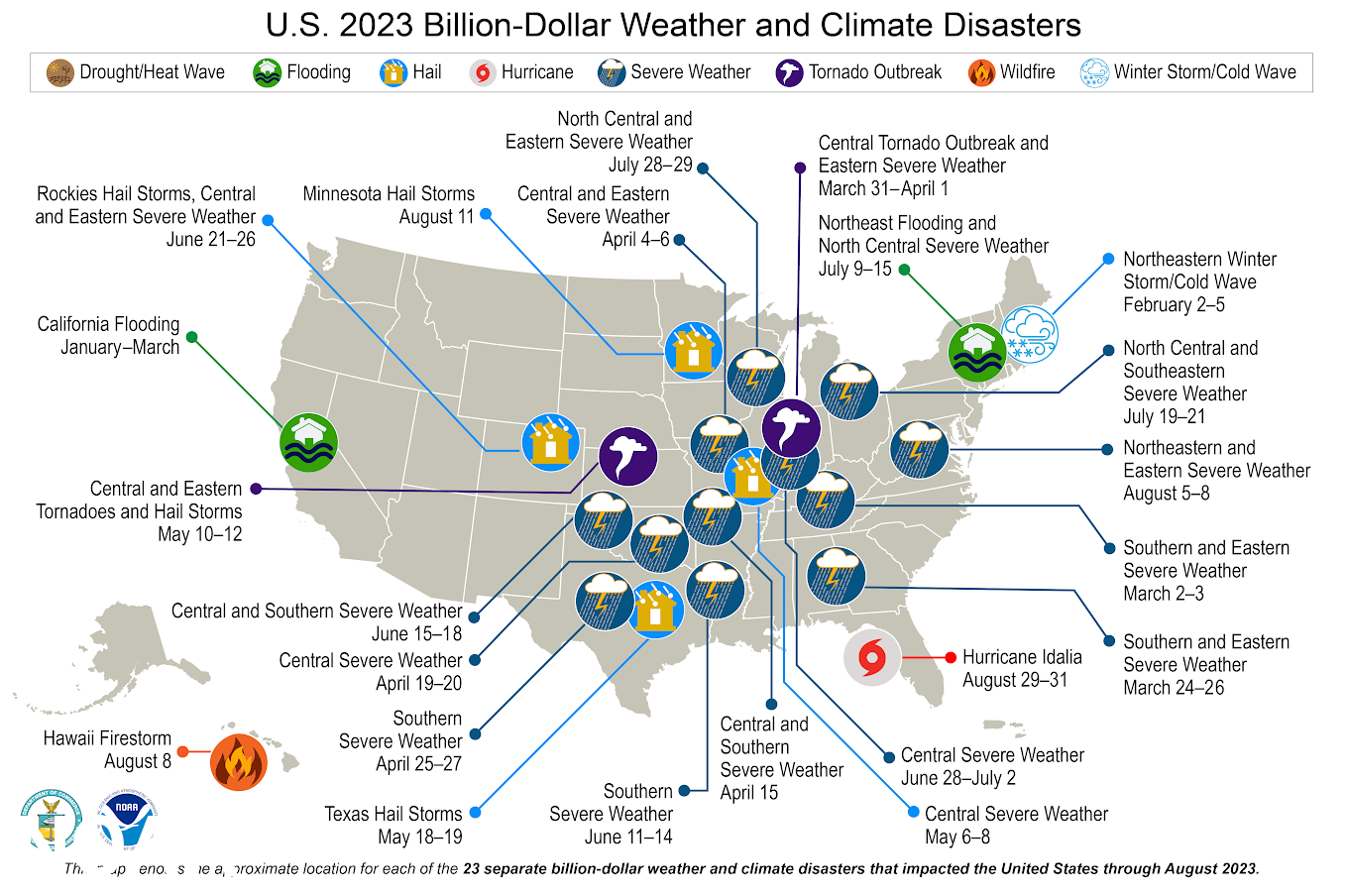
Hello, and welcome to this week’s edition of Record High. I’m Jake Bittle, and today we’re going to talk about not having fun in the sun.
We recently asked Record High readers to tell us about how extreme heat has changed the way they approach travel, outdoor sports, and other recreation. For many of us, these experiences are deeply important for our own health and our relationships with loved ones. One reader wrote back with a response that stuck with me.
“Our favorite vacation spot is Disneyland, California,” they said. “In the 1970s through 1990s, we were able to go there in the summer, but not now. It’s too hot and the air conditioning in the park makes the outdoor walkways even hotter. It’s also hotter in Phoenix where our daughter lives, so we see her and her family less often.”
Thousands of people in the United States and globally have had to make similar adjustments as the world endures its hottest summer on record. Travelers have canceled trips to places like Italy and Greece as triple-digit temperatures scorch Southern Europe, organizers have called off concerts and sporting events from Arizona to Long Island, and hikers have collapsed or even died on trails like those in Utah’s Mount Olympus, where officials had to conduct an emergency heat rescue back in July.
In sunny states like California and Florida, many of the most popular recreational activities take place outdoors, fueling a booming tourism industry. A few decades ago, summer was the best time of year to go on a hike, take out your boat, or visit a theme park, but now it’s almost unbearable.

AP Photo / Matt York
Disney’s iconic theme parks have taken this shift on the chin. The entertainment giant saw overall attendance numbers at its Florida theme park slump this summer during a period when the heat index at the park reached an astonishing 112 degrees Fahrenheit. That was in line with a broader slowdown in central Florida tourism that affected SeaWorld and Six Flags as well.
Even blogs that are devoted to the company’s attractions published articles about crowds waiting in the hot sun for rides and offered “Tips for Surviving Disneyland When it’s Super Hot.” Part of the problem, as our reader pointed out, is that the company runs huge AC units to keep its indoor offerings cool, and these units leak heat exhaust into outdoor areas, making it even more unpleasant to walk around.
At least you can go inside at Disney World. Other forms of outdoor recreation, such as running and hiking, are even more dangerous when the temperature gets high because the body never gets a respite from the heat of the sun. By this July, at least seven people had died in national parks while hiking outdoors, according to data CNN obtained from the National Park Service. Most of these deaths were in the dry Southwest where the unrelenting sun can cause heatstroke in a matter of hours.
“Unfortunately, Ms. Lindstrom was in town from Oregon, where it doesn’t get this hot.“
Scott Douglas, captain of the Phoenix Fire Department, after a hiker died on a city trail
This heat can sneak up fast on people who aren’t prepared for it. Jessica Lindstrom, a 34-year-old nurse and mother of four, was visiting Phoenix from Oregon last month when she went for a hike in the Deem Hills Recreation Area in the city’s northern suburbs. Lindstrom was reported missing at around 8:30 a.m., and Phoenix police found her dead about nine hours later. She had grown up in Arizona, but the local fire chief attributed her death to a shock of extreme heat.
“Unfortunately, Ms. Lindstrom was in town from Oregon, where it doesn’t get this hot,” Scott Douglas, the captain of the Phoenix Fire Department, said in a press conference at the time. The temperature in Phoenix that day reached a high of 113 degrees.
In theory, it’s incumbent on theme park owners and local government agencies to communicate with visitors about the risks of extreme heat, and shut down facilities when necessary, but doing so can put them in an economic bind. A city like Orlando nets about $31 billion from tourism every year, equivalent to 20 percent of its total economic output, and shareholder-driven companies like Disney have every financial incentive to keep parks open even if attendance numbers are low.
In the meantime, more families will likely do what our reader’s family did, and just stay home.
By the numbers
Data from the city of Phoenix shows that average foot traffic on the city’s trails tends to plummet during the summer months as temperatures reach triple digits and officials shut down city parks. This data is from 2020 and 2021, so they don’t reflect trends from this year’s killer summer.

Data Visualization by Clayton Aldern
What we’re reading
The limits of survival: A new study in the journal Science Advances found that parts of the world have already become too hot for human health as heat and humidity in the Persian Gulf and South Asia cross critical thresholds. My colleague Zoya Teirstein breaks down the study and what it means for the future toll of extreme heat.
Threats to rainforest photosynthesis: In additional research news, scientists have found that plants in the Amazon rainforest cannot perform photosynthesis at temperatures above 116 degrees Fahrenheit. As my colleague Katie Myers reports, if the Amazon reaches that temperature on a continuous basis, its lush, biodiverse jungle could collapse and give way to a drier, savannah-like environment.
Students get “heat days”: As the Northeast faced down a grueling heat wave last week, some school districts let students stay home until temperatures abated. CNN’s Rachel Ramirez wrote about the rise in “heat days,” a climate-fueled mirror image of the beloved Northeast snow day, and examined how heat disrupts childhood learning.
States withhold cooling money: While the federal Low Income Home Energy Assistance Program has almost always been used to help households pay for heating costs, the money can technically also help pay for air conditioning. But as Thomas Frank of E&E News reports, the states that administer the program haven’t caught up with the new reality of climate change, and most haven’t released any money for that purpose.
Heat wave roasts the U.S. Open: The world’s greatest tennis players had to play through humid, 90-degree conditions during the later rounds of last week’s U.S. Open in New York City. The muggy weather made it difficult to hit big serves and forced players to change sweaty shirts several times. Players had a range of responses to the heat. Serbian great Novak Djokovic, who ended up winning the men’s tournament, said it was “not easy, but you’ve got to fight.” Russian phenom Daniil Medvedev, who played Djokovic in the final match, issued a more serious warning, saying that “one player is going to die and you are going to see.”
This story was originally published by Grist with the headline The end of summer vacation on Sep 12, 2023.




